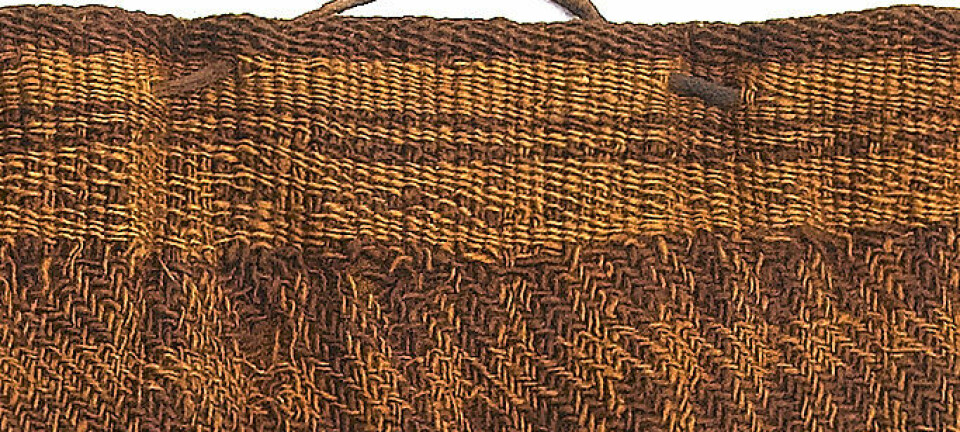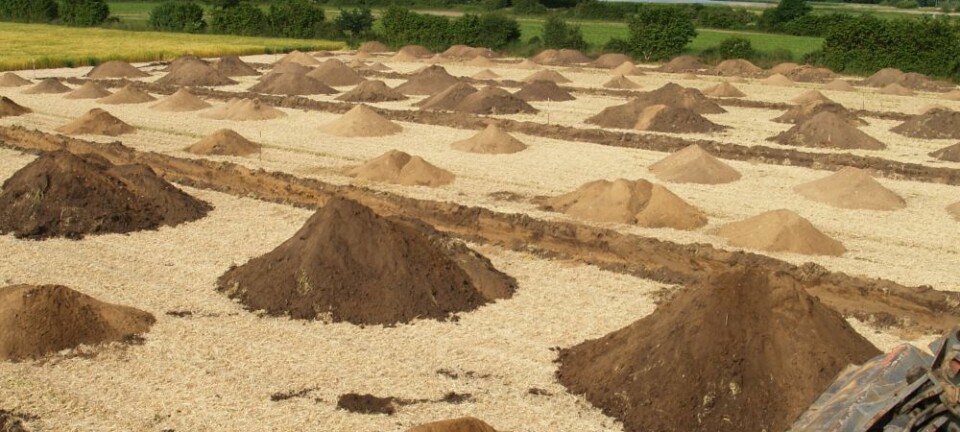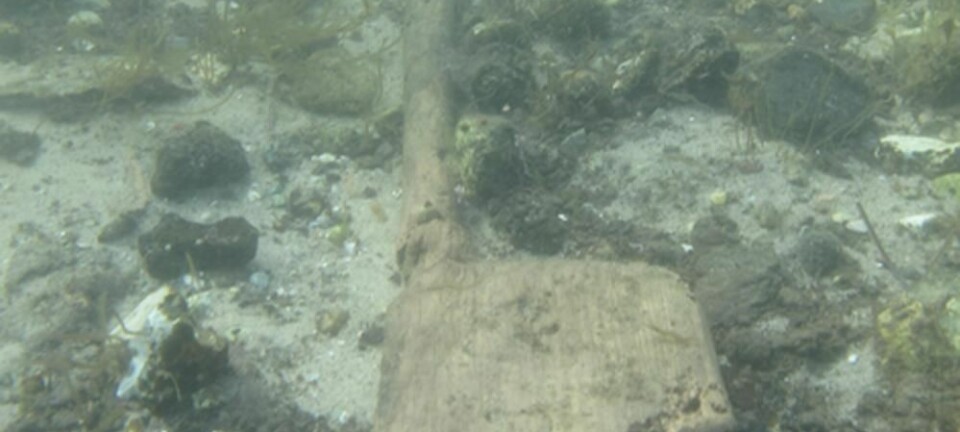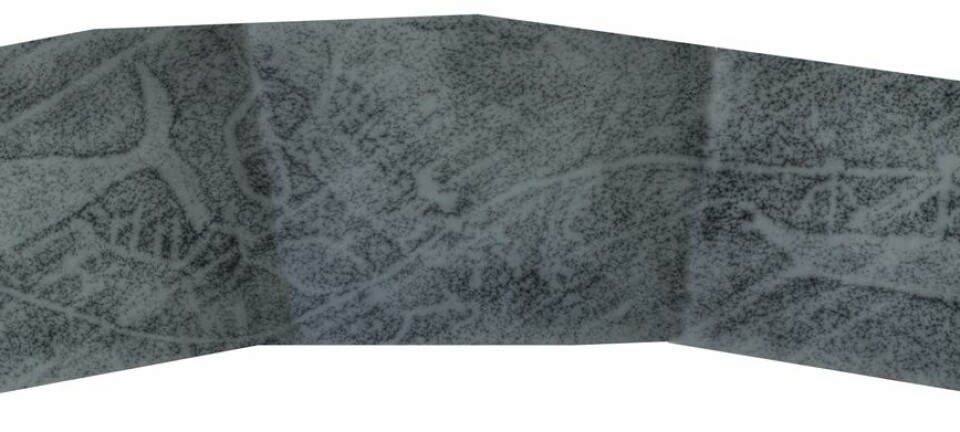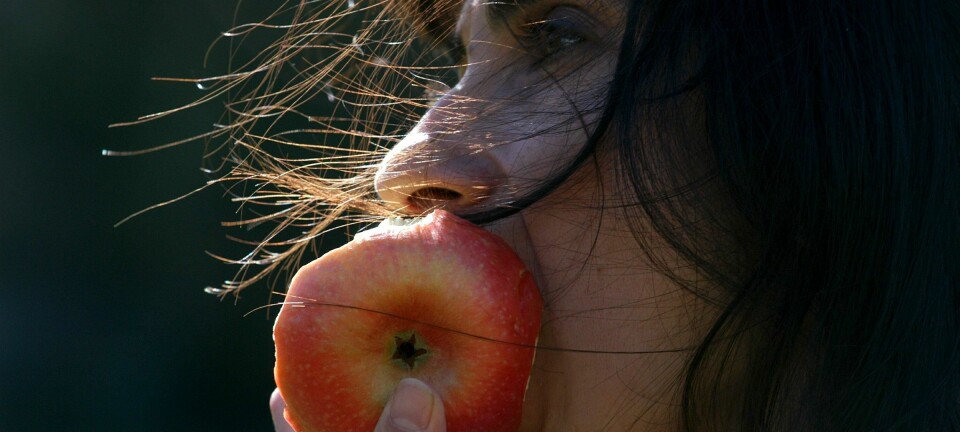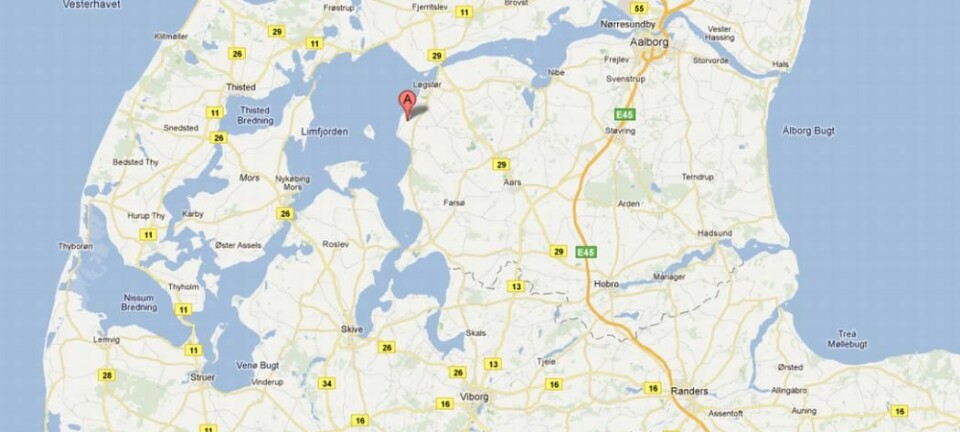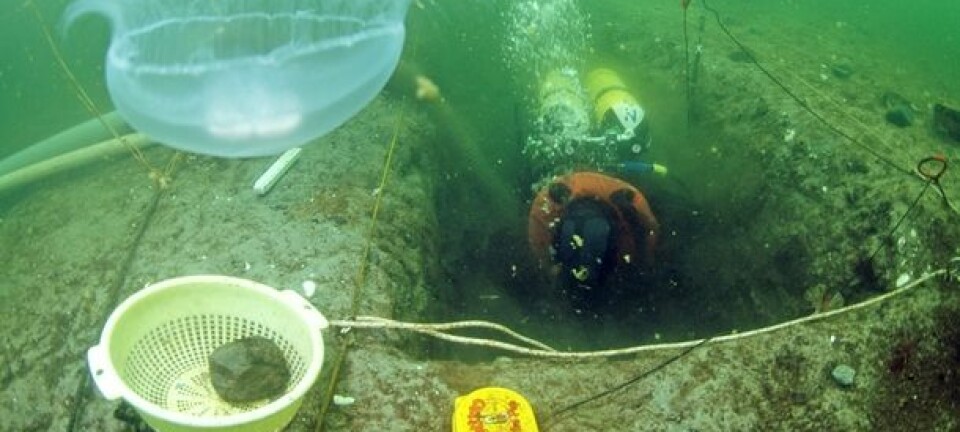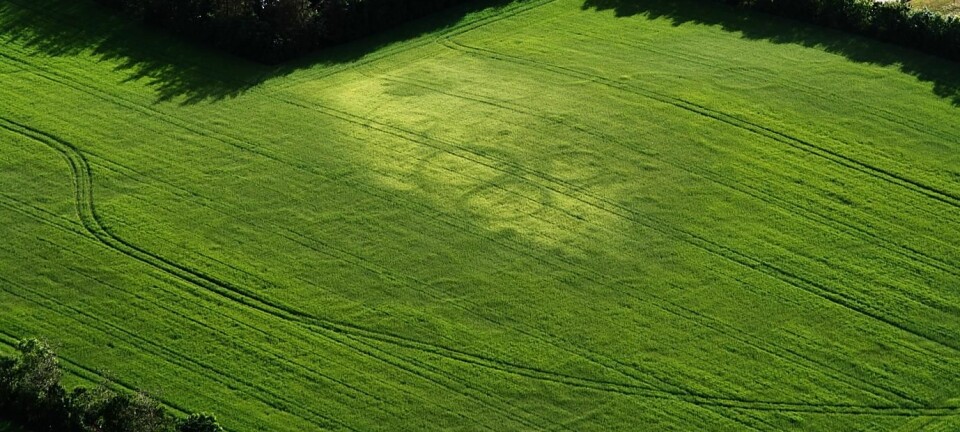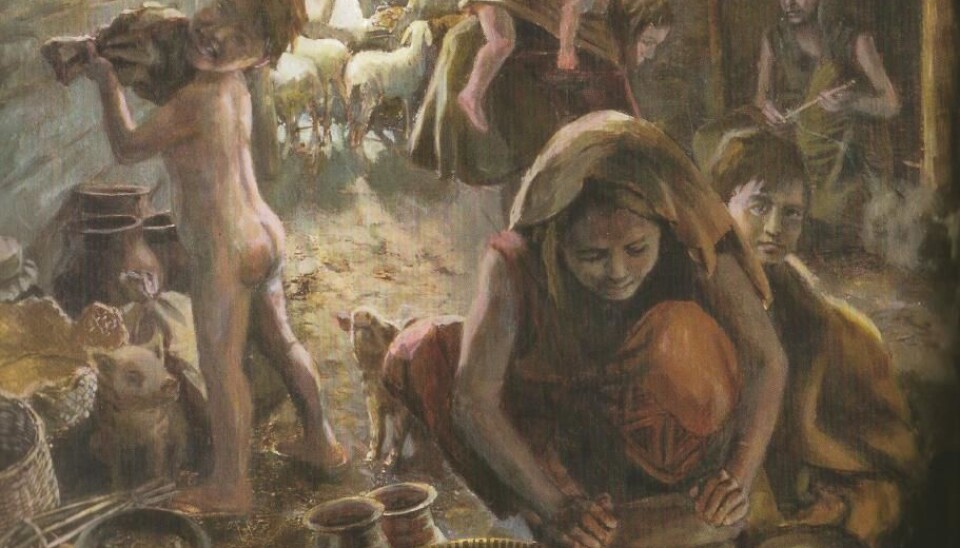
Research-based cookbook for cavemen and Vikings
The first ever cookbook based on archaeological finds is now out in English. The recipes are based on research from numerous archaeological sites in central and northern Europe.
Raw food. New Nordic food. Stone Age food.
Today’s hottest culinary trends are inspired by the distant past, and the number of restaurants serving prehistoric food is on a steady rise.
The menu consists of seasonal, local ingredients, which ideally should not be warmed up, and using processed ingredients is a definite no-no.
It seems that 16,000 years of gastronomic development has brought us back to the beginning. But what exactly did people eat before the advent of fast food and fine French cuisine?
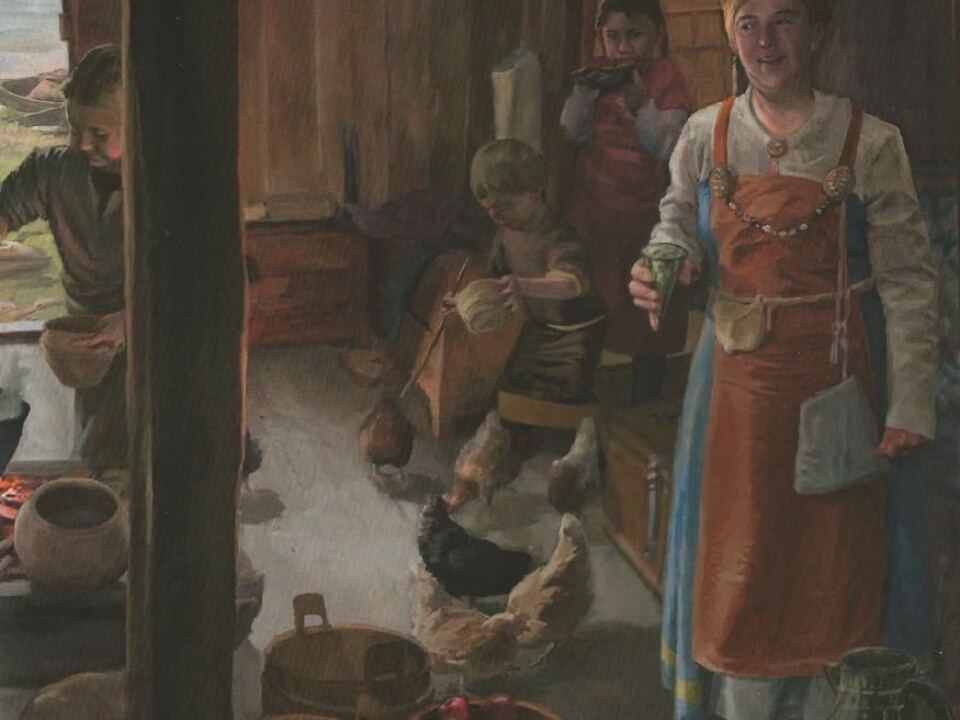
A new cookbook, based on archaeological finds, could bring us a few steps closer to an answer.
Ancient cuisine has long fascinated researchers
To the three archaeologists behind the new cookbook, ‘A culinary journey through time’, ancient cuisine is not a new trend. They published the first edition of the cookbook back in 1995, but now it’s out again in a revised and expanded edition with rich illustrations – and in English.
The book contains brief and easy-to-understand recipes, made from ingredients that according to the authors were common in the seven eras covered in the book.
Recipes based on archaeological soil samples
One of the authors, Sabine Karg, archaeologist, botanist and guest researcher at the University of Copenhagen’s Saxo Institute, explains how they managed to figure out which raw materials people used in ancient times.
It’s all based on archaeological finds. We’ve only used ingredients we knew they used back then.
“Over the past 25 years I have studied and analysed plants from numerous prehistoric trash layers and fire rings,” she says.
“We’ve found crusts, carbonised remnants, seeds, fruits, bones, fish bones and shell heaps. This variety of ingredients has helped us form an idea of what people ate in the old days, and that’s reflected in our recipes.”
Using various scientific methods, the archaeologists can reconstruct the past diversity of utility plants. This knowledge can contribute to their understanding of ancient food habits.
Authentic dishes from the Stone Age to the Middle Ages
The cookbook covers recipes from the Old Stone Age up until the Middle Ages, from northern and central Europe. That way, the book not only provides clues to the food preferences of the famous Viking, Leif Erikson, but also those of Julius Caesar.
What was on Caesar’s plate is particularly interesting because the recipes from the Roman era are written by the star chefs from back then. We know for instance that the Romans ate peaches in honey sauce and battered ham.
The recipes from other eras have been reconstructed as accurately as possible. This was done by only using ingredients that the authors knew were used in the past.
Recipes divided according to seasons
The more than 80 recipes in the book reveal a diet that’s somewhat more varied than that of today’s spaghetti sauce and fast food lovers. Some of the fancier recipes include:
- Wild mashed apples with sea buckthorn
- Salted and dried sheep's rib steamed over birch branches
- Barley-lentil pot with blubber
The book is divided into seasons, with recipes suitable for winter, spring, summer, autumn or year-round use. Each recipe has a symbol next to it, showing which era it’s from. This could be handy if you should find yourself in the mood for a fancy Bronze Age dish on a spring day.
Bringing the community spirit back into the kitchen
It has long been a dream for the three authors to create a large and lavishly illustrated edition of their cookbook. Sabine Karg sees it as her duty as a researcher to communicate science to everyone.
”It’s a way of giving something back to the taxpayer – by giving them access to my research.”
But the authors also wish to shake up the modern diet.
“In our busy lives where cooking takes the lowest priority, where we just eat a burger in passing while we work, watch TV or play computer games, a bit of prehistoric cooking could be a way of breaking these habits,” says Karg.
”The many simple dishes in the book are ideal for family projects, where the kids can join in. This could add a bit of extra quality time to the cooking experience.”
‘A culinary journey through time’ is published by Communicating Culture and is available in English, German and Danish.
------------------------------
Read this story in Danish at videnskab.dk
Translated by: Dann Vinther
